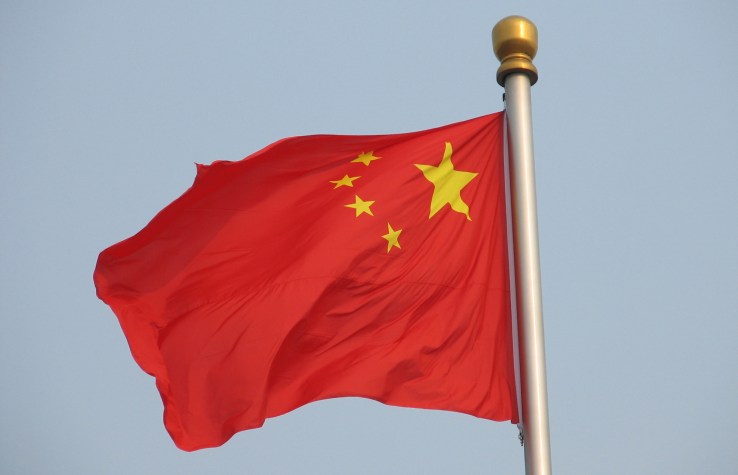
China is cracking down on VPNs, software that allows internet users to access Twitter, Facebook, Gmail and others services blocked in the country, according to state media and service providers.
People’s Daily reports that China’s ‘Great Firewall’ internet censorship system was “upgraded for cyberspace sovereignty”, a move that affected the usage of at least three popular VPN services and attacked others with more vigor than usual.
Strong VPN noted on its blog that it is suffering “connection issues” from China, while TunnelBear told TechCrunch it is investigating after reports from some China-based customers who “have been less successful in connecting over the last few weeks.”
Furthermore, Astrill, a service that is well used by China’s expat and business community, this week alerted users of issues with its iOS client.
An employee at Astrill reportedly told People’s Daily that the company did not know how long the disruption would last following the “upgrade,” although Astrill’s service on other platforms — including Apple’s Macs — is apparently not affected.
Other prominent VPN services noted stronger attacks, but claimed to operate as usual.
A spokesperson at ExpressVPN told TechCrunch that its “services appear to be working normally on all platforms, including for China customers.”
Golden Frog, another that caters to the Chinese market, claimed its VyprVPN service was also uninterrupted. A spokesperson did note that this week’s “attacks” on VPN services are “more sophisticated than what we’ve seen in the past.”
“The Chinese government has attempted to curtail the use of VPNs that its citizens use to escape the Great Firewall for a couple years. [The] latest attack appears to use deep packet inspection to inspect and block VPN protocols in combination with blocking specific VPN server endpoints,” Golden Frog president Sunday Yokubaitis said in a statement.
It’s always difficult to speak with certainty about internet censorship in China, as changes occur frequently and without warning, but more hostile tactics towards VPN services would be keeping with the government’s tightening of web controls over the past nine months or so.
Google services ground to a halt over the summer. While disruption always occurs around the Tiananmen Square anniversary, Gmail and other Google products remained affected for longer than usual. Alternative channels to Gmail — including POP, SMAP, and IMAP — were disrupted this past month, while evidence surfaced to suggest that users of Microsoft’s Outlook email service had also been targeted over the weekend.
Comments
Post a Comment